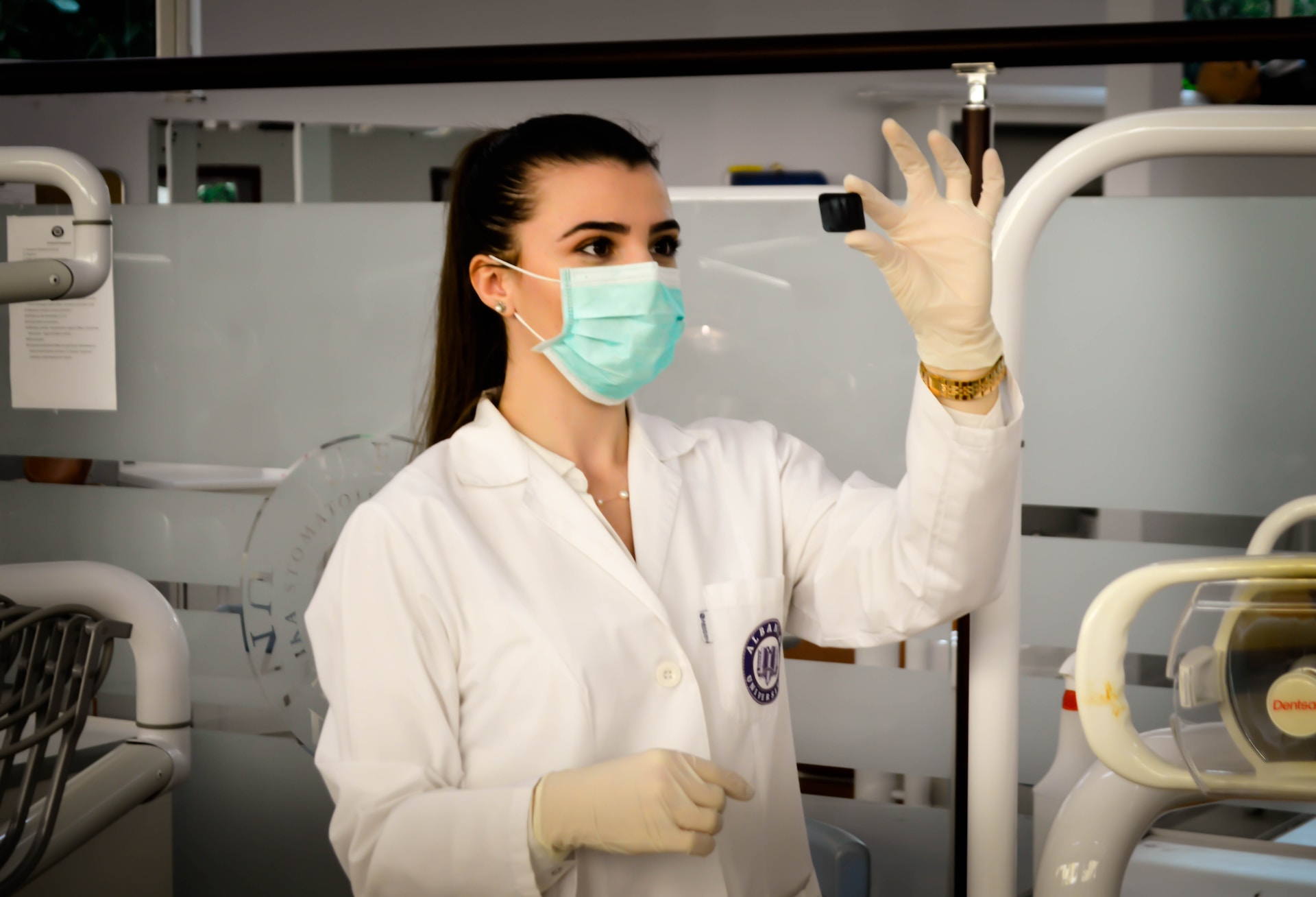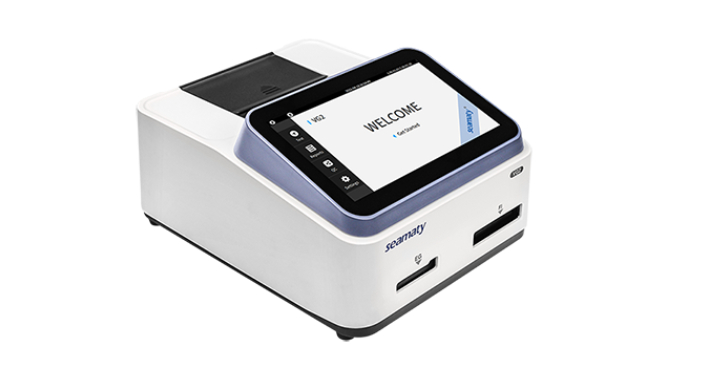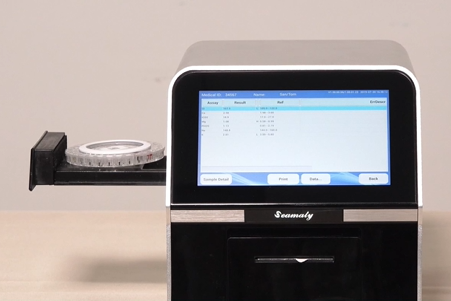Chemistry analyzer (medical) is also called biochemistry analyzer. Biochemistry analyzers are mainly used to determine various chemical components in human serum. For example, liver, kidney, cardiac enzymes, blood glucose, blood lipids, ions, etc. Biochemical tests are common tests in hospitals. Chemistry analyzers can be divided into
wet chemistry analyzers and dry chemistry analyzers.
In the previous article, we explained the principles and advantages of dry chemistry. Let's learn more about dry chemistry analyzers.
Advantages of dry chemistry analyzer
-
1) No need to prepare reagents; no waste liquid generation;
-
2) Low failure rate. In particular, there are no large number of failures due to complex liquid piping systems;
-
3) Generally, no pretreatment is required. The influence of matrix effects on the determination results is usually minimized in the wet chemical method;
-
4) The role of the auxiliary reagent layer can maximize the removal of interfering substances, so that the measurement results are more accurate;
-
5) Ultra-micro sample analysis is particularly suitable for neonatology, pediatrics and intraoperative monitoring;
-
6) Easy to grasp, space-saving, time-saving scrubbing, and flexible in use.
What can be tested by dry chemistry analyzer?
-
1) Liver function: total protein (TP), albumin (ALB), alanine aminotransferase (ALT), alkaline phosphatase (ALP), glutamyl transferase (GGT), aspartate aminotransferase (AST), total bile acid (TBA), total bilirubin (TB), cholinesterase (CHE)
-
2) Renal function: creatinine (Crea), urea (Urea), uric acid (UA)
-
3) Blood glucose and lipids: total cholesterol (TC), triglycerides (TG), glucose (GLU), high-density lipoprotein (HDL)
-
4) Electrolytes: sodium (Na), potassium (K), chlorine (Cl), calcium (Ca), inorganic phosphorus (PHOS), magnesium (Mg), carbon dioxide (tCO2)
-
5) Pancreas: amylase (AMY), lipase (LPS)
-
6) Myocardium: creatine kinase (CK), lactate dehydrogenase (LDH), α-hydroxybutyrate dehydrogenase (HBDH), lactate dehydrogenase (LDH)
Quality control, calibration and storage of reagents for dry chemistry analyzer
-
1) QC: The use of wet chemistry QCs as dry chemistry QCs can easily produce matrix effects.
-
2) Calibration: The reagents of dry chemistry are fixed on a reagent carrier. The validity period can usually be stable for more than 6 months. (Seamaty biochemical reagents are valid for up to 1 year under refrigeration at 2~8°C.)
-
3) Storage temperature: The reagent carrier of dry chemistry must be stored within the allowable temperature range, otherwise it will shorten its expiration date. (Seamaty biochemical reagents are refrigerated at 2~8℃)
-
4) Expiration date and stabilization period: Expiration date refers to the time limit for the reagent to be kept under the specified conditions before it is opened and its nature is stable. Stable period refers to the time limit of property stability of reagents after opening.
Dry chemistry analyzer in clinical applications
Dry chemistry analyzers have been widely used in clinical testing. Because of its simple operation and reliable results. More and more items are available for determination by dry chemistry. The use of dry chemistry analyzers has a relatively low recheck rate and high efficiency. This greatly reduces the workload of the clinical work laboratory.
The field of application of dry chemistry analyzers is no longer limited to hospital laboratories. They are now used in health screening, disease screening, epidemiological surveys and research sites, patient bedside, ICU, NICU, dialysis rooms, operating table side, athletes training sites, battlefields and even cosmic space stations. It is now used in health screening, disease screening, epidemiological investigation and research sites, patient bedside, ICU, NICU, dialysis rooms, operating table side, athletes training sites, the
With the exception of a few large automated dry chemistry analysis systems. Most of the chemical analyzers towards more compact, small, lightweight, portable, easy to operate, universal computer functions, technical dependence is reduced, the results are more accurate and reliable direction.


